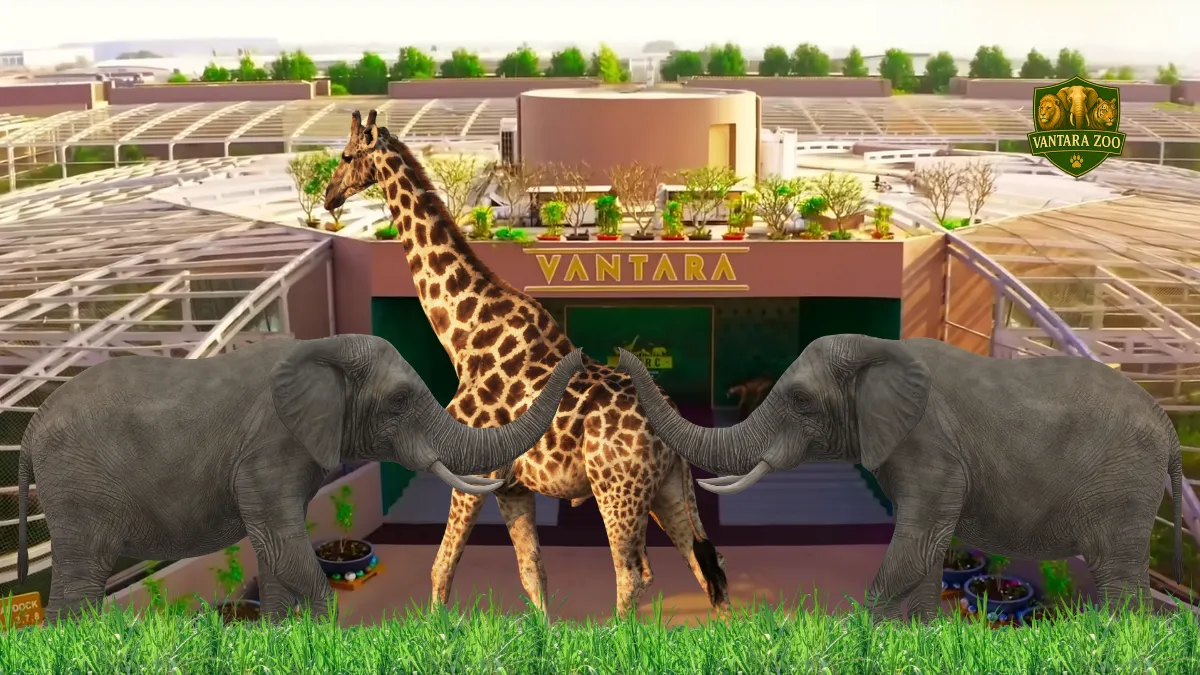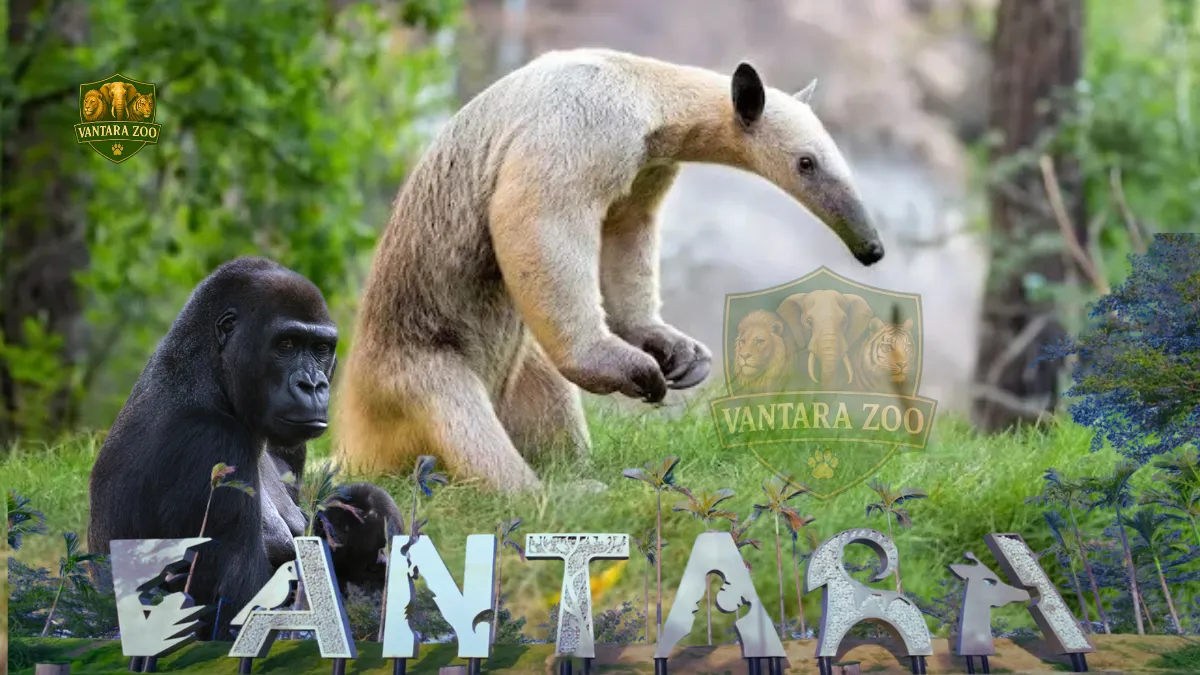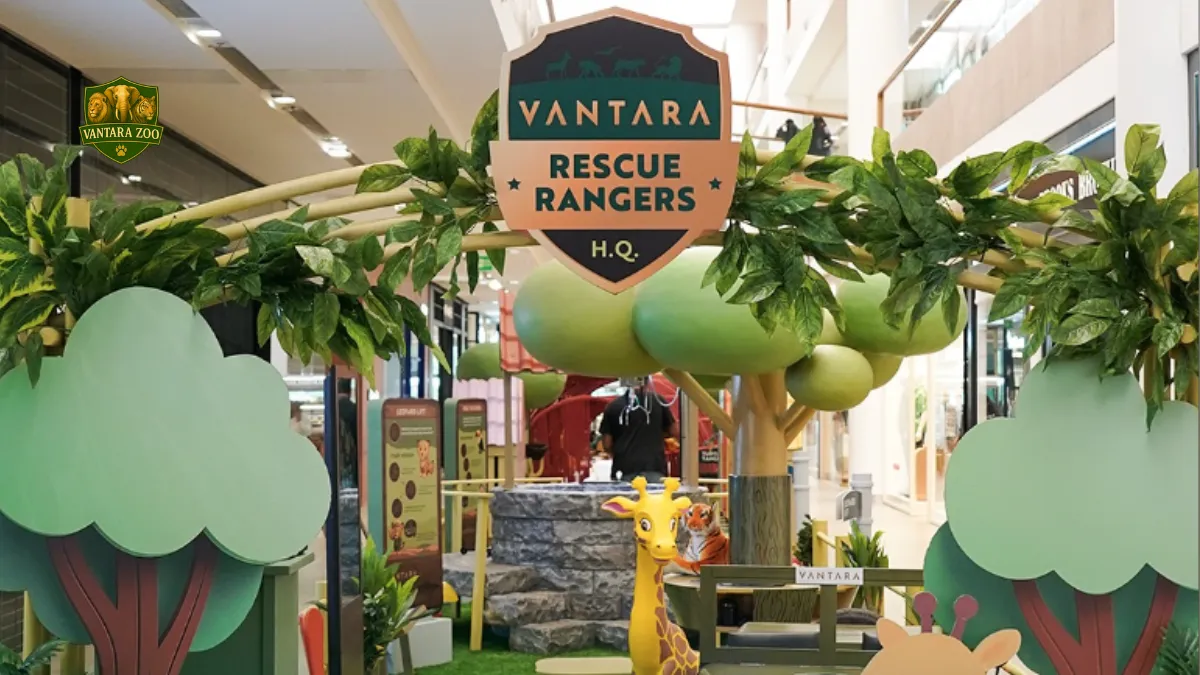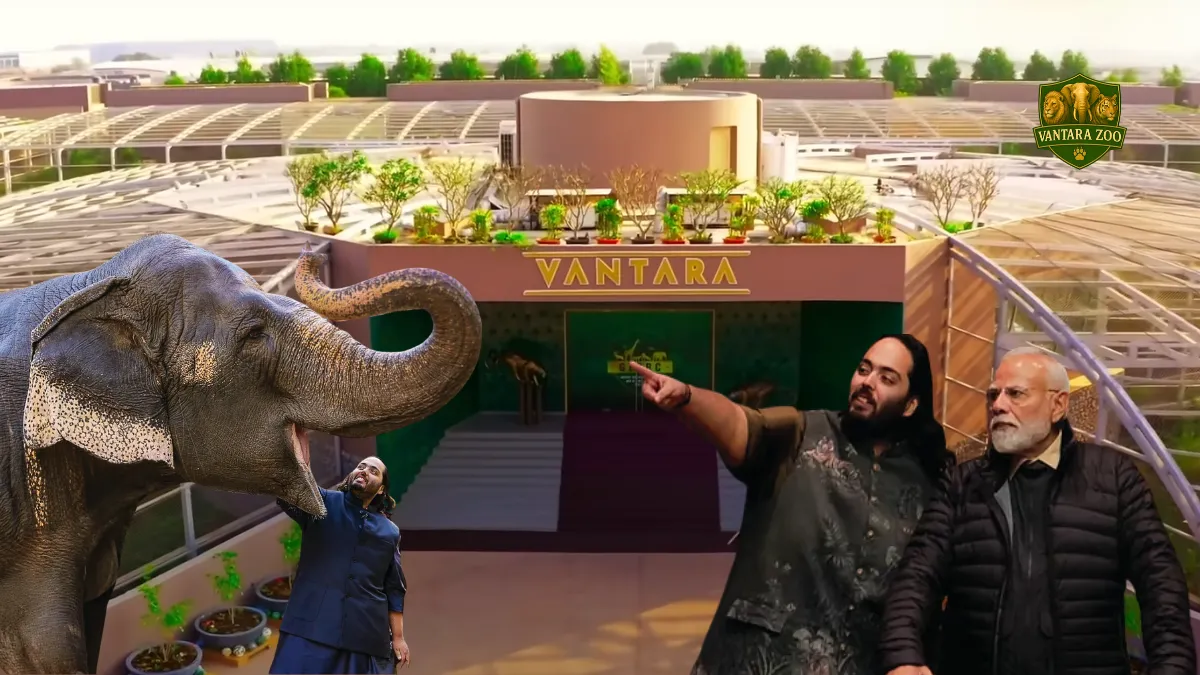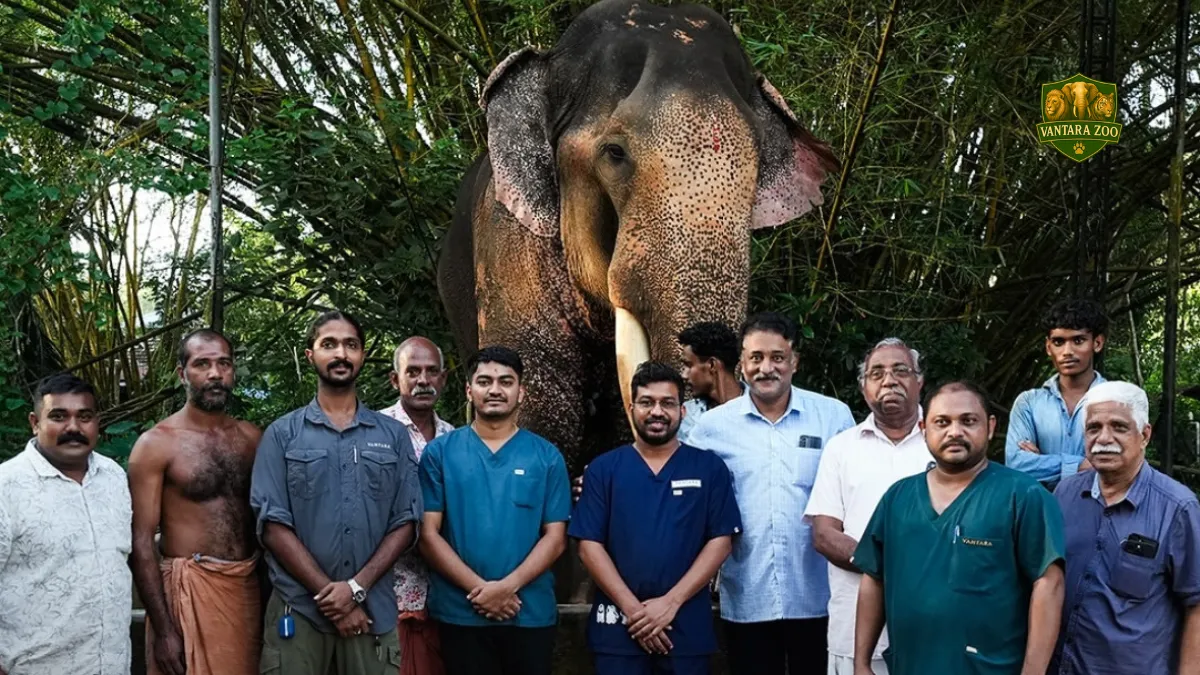MP govt to partner with Vantara zoo – In a significant move for wildlife conservation, the Madhya Pradesh government is set to sign a Memorandum of Understanding (MoU) with Vantara Wildlife Rescue Centre located in Jamnagar, Gujarat. The partnership aims to implement gene mapping of tigers in the state to accurately identify causes of tiger deaths, especially in cases of human-tiger conflict.
Vantara to Provide Scientific Expertise
According to Ashok Varnwal, Additional Chief Secretary (Forest), the collaboration with Vantara will bring in much-needed scientific expertise for gene mapping of wild animals. “We will also invite tiger experts and scientists from across the globe to help develop a genetic database of Madhya Pradesh’s tigers for conservation, management, and research,” he said.
Rescue Centres Planned in Ujjain and Jabalpur
On the instructions of Chief Minister Mohan Yadav, a team of forest officials led by Varnwal recently visited Vantara to explore collaboration opportunities. The visit focused on the possibility of setting up wildlife rescue centres in Ujjain and Jabalpur. The Madhya Pradesh forest department has already received in-principle approval from the Central Zoo Authority for these rescue centres.
Varnwal mentioned that on-ground work will begin once final approvals are granted by the Central Zoo Authority and the Supreme Court of India.
Rise in Tiger Population and Human-Wildlife Conflict
According to the 2024 tiger estimation data, Madhya Pradesh’s tiger population has increased from 526 in 2019 to 785. While this is a positive development, it has also led to a 40% rise in human-tiger conflict cases over the past five years.
A senior Indian Forest Service (IFS) officer noted, “No state currently has the technology to correctly identify the tiger responsible in human conflict cases.” The traditional method involves setting up camera traps in conflict areas, hoping the tiger returns and is captured on camera. However, this method is not foolproof, and there’s a significant risk of identifying the wrong tiger.
Gene Mapping for Accurate Identification
Gene mapping will change that. It allows for precise identification of the tiger involved by matching saliva samples from human victims with the genetic database of local tigers.
Another senior IFS official explained that gene mapping will also help track tigers relocated to other states like Odisha, Rajasthan, and Uttar Pradesh, as part of efforts to improve genetic diversity and prevent inbreeding.
“Gene mapping helps track the lineage and genetic relationships among tiger populations. This knowledge is crucial for scientific breeding and conservation planning,” the official added.
Expert Opinions: Opportunities and Challenges
While many officials are optimistic, some wildlife experts have raised concerns. A Mumbai-based big cat expert, who requested anonymity, said, “Gene mapping could be a game changer, but how feasible is it to map the genes of every tiger? Around 50-60 tigers die and an equal number are born each year. Keeping the database updated will be extremely challenging.”
Local Activists Question the Model
Madhya Pradesh-based wildlife activist Ajay Dubey questioned the need for an external zoo-based institution to manage tiger gene mapping. “How will a rescue centre-cum-zoo help map wild tigers? This could become a costly project. We already have the Wildlife Institute of India (WII) with highly qualified scientists—why aren’t we taking their help?”
Awaiting Official Statement from Vantara
Officials at the Vantara Wildlife Rescue Centre have not yet commented on the development. They stated that a formal statement will be issued once the MoU is officially signed with the Madhya Pradesh government.
Also read: Vantara and Gujarat Forest Department Release 20 Spotted Deer in Banni Grasslands
Key Details at a Glance
| Aspect | Information |
|---|---|
| Partnership | MP govt to partner with Vantara zoo, Jamnagar |
| Objective | Gene mapping of tigers to identify individuals in conflict cases |
| Locations for Rescue Centres | Ujjain and Jabalpur |
| Approval Status | In-principle nod from Central Zoo Authority |
| Pending Approvals | Central Zoo Authority (final), Supreme Court |
| Benefits | Accurate identification, improved conservation, genetic diversity tracking |
| Experts Involved | Global scientists, Vantara specialists, IFS officials |
| Criticism | High costs, implementation challenges, local expert exclusion |
This partnership between MP and Vantara could pave the way for advanced wildlife conservation techniques in India. While the initiative has drawn both praise and skepticism, it undeniably opens a new chapter in tracking and protecting India’s iconic tigers.
Also read: Vantara Jamnagar Hosts Wildlife Welfare Training for Delegates from Congo
Conclusion
The collaboration between the Madhya Pradesh government and Vantara Zoo marks a progressive step toward scientific wildlife conservation in India. By leveraging gene mapping technology, authorities aim to enhance tiger identification, manage human-wildlife conflicts more effectively, and preserve genetic diversity across tiger populations. While challenges such as cost, data maintenance, and implementation logistics remain, the initiative reflects a bold and much-needed shift toward precision-based wildlife management. If executed well, this partnership could become a model for other states and countries aiming to integrate technology with conservation.



